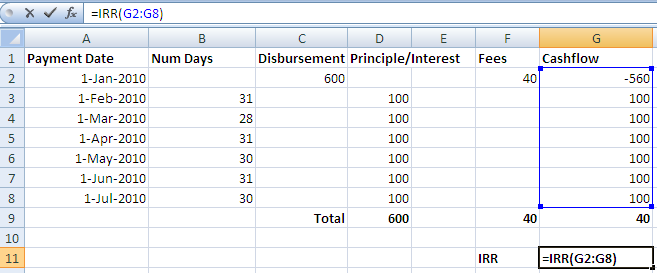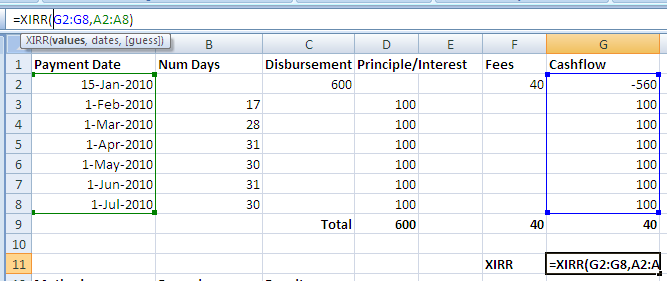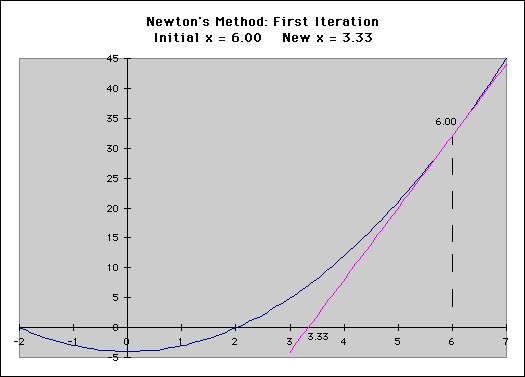“Foreign Affairs” semi-openly admits to “Petrodollar” defense
What is the Petrodollar?
- The Petrodollar system is based on buyers paying for oil in US dollars. 1
- Petrodollar recycling is when oil producers lend their suplus dollars back the the US, financing the US debt or buying US assets. 2 3
- In the Russia/Ukraine war, Russia required “unfriendly” buyers to pay for their energy in rubles, creating a “petroruble“.
- In a break from the past, Saudi Arabia is now considering selling oil to China in Chinese yuan. 4
Why this “Foreign Affairs” article is interesting:
I’m not surprised by the content of Carla Norrlöf’s recent “Foreign Affairs” article. I’ve seen most of this material before from less credentialed sources on the internet (and in books), but I think it is outside of the Overton window for television. If a guest on a network like CNBC started talking about the Petrodollar, I think the producer would cut to commercial break.
- What I’m surprised by is that an establishment organ like Foreign Affairs would semi-openly admit to some of what critics of the “Petrodollar” say. 5
- Wikipedia describes the author — Carla Norrlöf — as a Swedish-Ethiopian political scientist. She is Associate Professor of Political Science at the University of Toronto. Her research focuses on hegemony, as well as the international political economy of trade, investment and security.
The US made an agreement with Saudi Arabia in 1974 that it would require buyers to pay for oil in dollars. This increases demand for dollars, which increases demand for interest-bearing dollars (US Treasuries), which means more people are willing to finance US debt.↩
After the US quadrupled its grain export prices shortly after the 1971 gold suspension, the oil-exporting countries quadrupled their oil prices. US diplomats had let Saudi Arabia and other Arab countries know that they could charge as much as they wanted for their oil, but that the US would treat it as an act of war not to keep their oil proceeds in US dollar assets.↩
When countries hold dollars, they usually buy US treasury bonds (US debt), so as to get interest on their dollars. The more people that want US dollars, the easier it is for the US to run perpetual deficits and finance that debt. ↩
This decreases demand for US dollars, hence demand for US Treasuries (US debt)↩
In the past, I’ve seen people deny that it matters whether oil is priced in dollars and whether the dollar is a dominant global reserve currency. Professor Norrlöf ‘s article confirms that not all the critics are “delusional conspiracy theorists.” ↩




 In a previous post, I described the technique that computer programs like Microsoft Excel use to calculate the
In a previous post, I described the technique that computer programs like Microsoft Excel use to calculate the